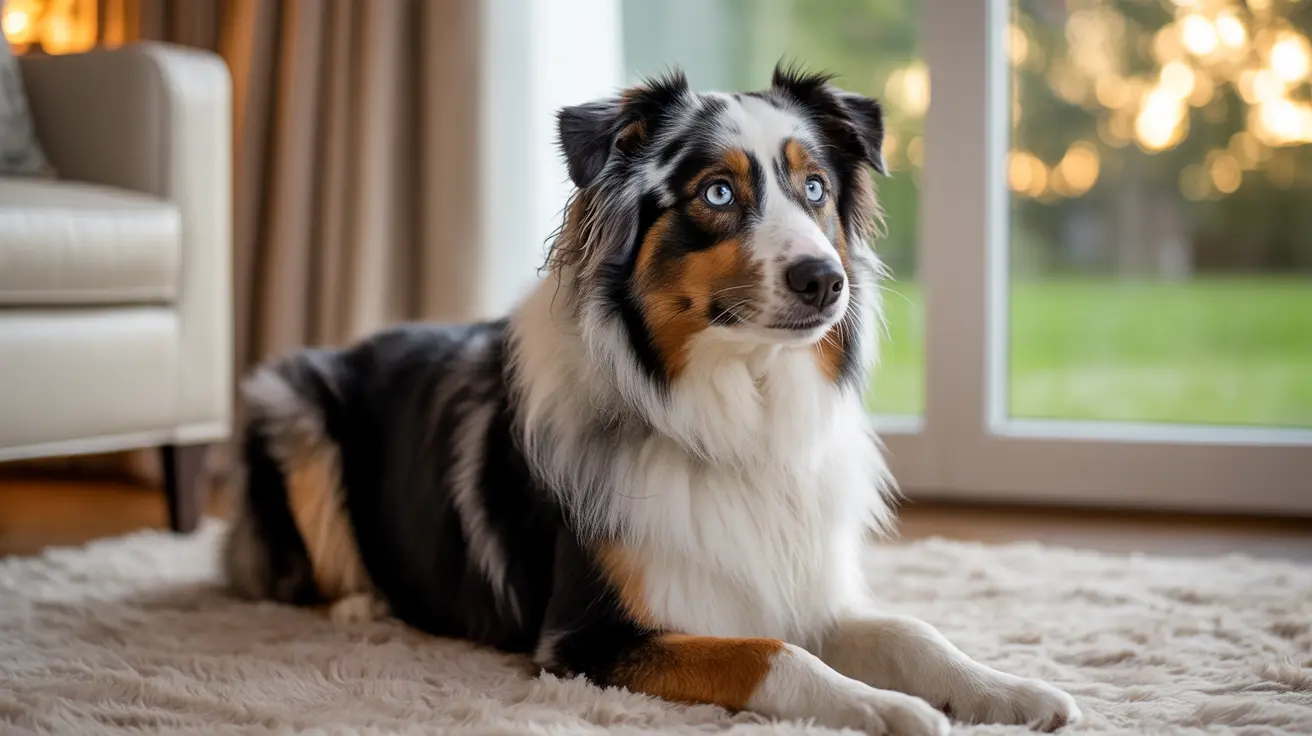Have you ever wondered if your furry friend can actually laugh? While dogs don't laugh exactly like humans do, they do express joy and playfulness in their own unique way. Understanding dog laughing behavior not only helps us better connect with our canine companions but also provides fascinating insights into their emotional world.
Scientists have discovered that dogs produce a special vocalization during play that's often called a "play-pant" or "dog laugh" - a distinctive breathy panting sound that signals happiness and invitation to play. This discovery has revolutionized our understanding of canine communication and emotional expression.
The Science Behind Dog Laughing
Research led by animal behaviorist Patricia Simonet revealed that the dog laugh has distinct acoustic properties that set it apart from regular panting. This specialized sound contains broader frequency ranges and creates a unique "hhuh-hhuh" pattern that other dogs can recognize and respond to.
When dogs make this laughing sound, they typically display specific body language cues:
- Relaxed, open mouth
- Play bow position
- Bouncy, energetic movements
- Wagging tail
- Engaged, alert expression
How Dogs Express Joy and Playfulness
Dogs communicate their happiness through a combination of vocalizations and physical behaviors. The play-pant is just one part of their emotional expression toolkit. During playful moments, dogs might also:
- Initiate chase games
- Bring toys to their humans
- Perform playful "zoomies"
- Make exaggerated jumping movements
- Paw at their playmates
The Impact of Human Laughter on Dogs
Scientific studies have shown that dogs are remarkably attuned to human emotions, including our laughter. Brain imaging research at Eötvös Loránd University demonstrated that dogs' brains show increased activity when hearing positive human vocalizations like laughter.
This sensitivity to human emotional cues helps strengthen the bond between dogs and their owners, creating a positive feedback loop of shared joy and connection.
Using Dog Laughter in Training and Socialization
Understanding dog laughing behavior has practical applications. Research has shown that playing recordings of dog play-pants can help reduce stress in shelter dogs and encourage positive social interactions. This discovery has led to innovative approaches in canine behavioral therapy and training.
Frequently Asked Questions
What does dog laughing sound like and how can I recognize it during play?
Dog laughing sounds like a rhythmic "hhuh-hhuh" breathing pattern that's more pronounced than regular panting. You'll typically hear it during play sessions, accompanied by bouncy movements and a relaxed, happy expression.
Can dogs understand and respond to human laughter?
Yes, dogs can understand and respond to human laughter. Research shows their brains react positively to happy human vocalizations, and they often interpret laughter as a signal of friendly, playful interaction.
Why do dogs make "play-pant" sounds and how do they differ from normal panting?
Play-pant sounds have a broader frequency range than normal panting and serve as a social signal to initiate or continue play. Unlike regular panting, which helps regulate body temperature, play-pants are specifically used for communication.
Do dogs try to make their owners laugh or entertain them on purpose?
While there's no conclusive evidence that dogs intentionally try to be funny, many dogs learn that certain behaviors make their owners laugh and may repeat these actions to gain positive attention and interaction.
How can playing recordings of dog laughter affect a dog's behavior or mood?
Playing recordings of dog laughter can reduce stress levels in dogs, particularly in shelter environments. Studies show it can increase playful behavior in puppies and help create a more relaxed atmosphere for anxious dogs.
Understanding your dog's expressions of joy, including their version of laughter, can help deepen your bond and create more meaningful interactions. While they may not chuckle like humans, dogs have their own beautiful way of sharing happiness with both their human and canine companions.






